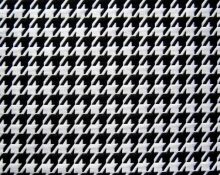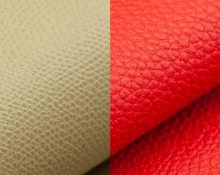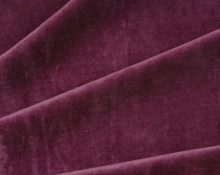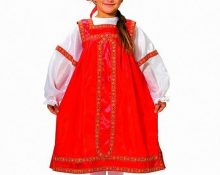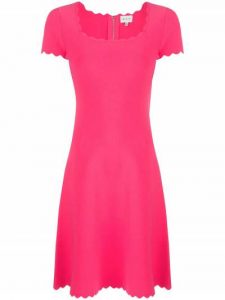
creativecommons.org
Scalloped styles are considered quite old-fashioned. They are most often used to complement historical costumes for costume parties and themed balls. In this article we will tell you what a scallop seam is, a scallop seam and what it looks like. At the end of this material you will find photos with examples of scallops on clothes, as well as recommendations for sewing.
What is a scallop and what does it look like?
By analogy with architectural ornament, scallops on clothing are a strip of fabric, the lower edge of which is trimmed with braid with a jagged edge facing down. There are several varieties of scallops, including openwork, crochet, arched and scalloped. But all subtypes of this decor are united by the fact that it adds elegance to clothing and complicates the design of the product. This is a fairly mandatory element that requires not only careful execution, but also suitable accessories.
History of festoon in clothing
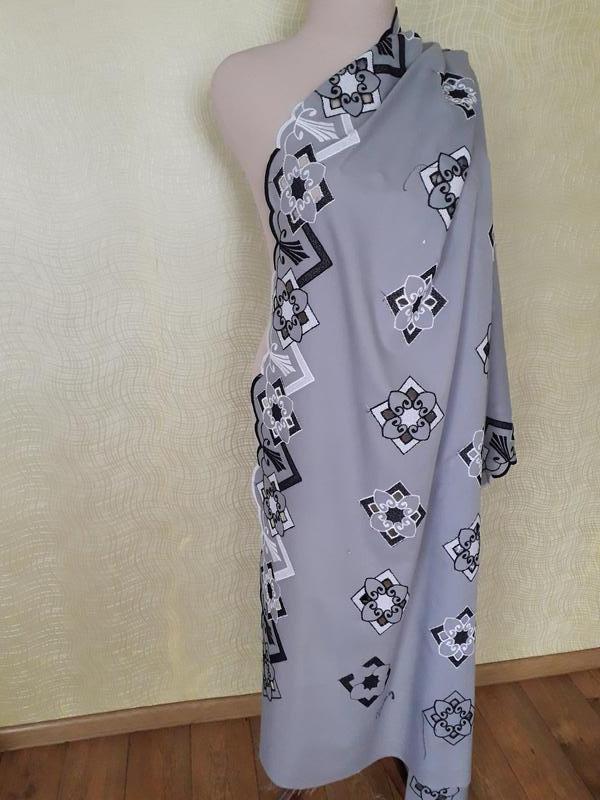
creativecommons.org
Festoons appeared on clothing back in the Middle Ages in the 12th century. It is not known for certain in which country this unusual decor appeared, but, most likely, France was the birthplace of festoons. Like most of the unusual decor of that time, festoons served not so much a decorative as a camouflage function: the fact is that with the help of additional stripes with an unusual cut it was easy to hide a worn dress or a tattered edge of a men's suit. Please note that festoons were most often sewn on precisely those parts of clothing that were most subject to wear and tear: on the hem of dresses and on the sleeves. This innovation allowed residents of medieval Europe to save on tailor services and not lose face in front of their neighbors. Festoons became especially popular at the beginning of the 13th century, becoming a mandatory attribute for the clothing of noble gentlemen. In those days, the edges of the dress were decorated with stripes and various rhythmic patterns: triangles, semicircles, rectangles, trapezoids and even figured leaves imitating flames. In almost every fresco or painting from the 1400s, you can find a lady or military man wearing a dress or cape with festoons. Men's festoons were kept as simple and unpretentious as possible, while the edges of some women's dresses were so intricately decorated that it seemed that tailors had forgotten about the practical use of these decorative elements. At that time, there were at least two options for making scallops: these elements could be made either by cutting out thick woolen fabric without a lining, or the scallops could be hemmed using a lining in a contrasting color and complemented with embroidery.It is believed that the second method was invented much later, as it involves additional consumption of material.
Festoons in the 1960s and today
Festoons regained popularity in the 1960s and 70s. Then this element added elegance and a little mischief to the outfit. Most often, the edges of women's and children's clothing were decorated with festoons: the hems of dresses, skirts, as well as the sleeves of blouses and shirts. Today, few designers resort to such a design, preferring a more restrained design of the edges, however, in 2020, a trend emerged for deep cuts with so-called curly edges, which vaguely resemble scallops. Nowadays, festoons are more often found in design: using this technique, the lower edges of curtains and curtains, bedspreads and even napkins are decorated.
What does it take to add scalloping to a modern cut?
Try to avoid designing a scallop on dense double fabric, as in this case there is a high chance that the edges will look sloppy.
- A piece of thick cardboard on which a sample of the pattern you like will be cut out.
- Scissors. If you have serrated edge scissors, you can use those.
- Threads suitable for the front side of the product or for the lining.
- Festoon pattern.
- Chalk for marking.
How to make a scallop on clothes with your own hands
Scallops will look best on thin fabrics and medium-weight materials.
- Prepare the selected fragment of the product and sew the seam. The average width of the hem should be 1.5-2 centimeters.
- Sew the bottom edge to be finished using a zigzag stitch.
- Measure the length of the edge where the scallops will be and make sure you have an even row of equally wide scallops.
- Adjust the pattern, if necessary, by adjusting the width of the scallop to the desired size.
- Transfer the final scallop onto the fabric using chalk.
- Cut out scallops. In this case, for convenience, you can fold the fabric like an accordion and speed up the process. If the fabric is of medium density, then you can start by trimming the seam allowances.


 0
0